Popular on Food52
Continue After Advertisement
10 Comments
Emily L.
December 29, 2015
This was so helpful! I always feel like I'm just haphazardly cutting random lines that may or may not amount to anything.
T
October 19, 2015
You might go to King Arthur's website - they have been making flour since the 1700s. They have every type of flour imaginable as well. I believe their website is www.kingarthurflour.com
sage
June 5, 2015
dear writers and testers, where in the world can I get a rundown on flour? different countries process it differently so if I want to make French bread, I need to use French or French-like flour, right? whats all this about different gluten and protein contents in different millings? all I know is my croissants are far from perfect and when I make grilled flatbread with Italian type 00 it has a finer crumb and softer, better texture than when I use good ol' AP. I see on some bread forums that people mix flours to achieve a perfect crumb, even air pockets, etc. but it's all kind of over my head.
sounds like the stuff of a future article, eh?
(I'd really appreciate it)
sounds like the stuff of a future article, eh?
(I'd really appreciate it)
AntoniaJames
June 4, 2015
A simple square cut on top of a cob / boule allows for tremendous "spring," e.g.,
https://instagram.com/p/yF6fTnmByu/
https://instagram.com/p/yA28_3mB5W/
https://instagram.com/p/v_yjN6mB-n/
http://www.trgram.com/howmothercooks/photo/965319246434802999_266631542
All cut with my pretty black walnut lame, which I have publicly declared to be the best stocking stuffer ever: https://food52.com/shop/products/365-black-walnut-bread-lame
(Superlatives and hyperbole generally fatigue and bore me, so that is saying quite a lot.)
;o)
https://instagram.com/p/yF6fTnmByu/
https://instagram.com/p/yA28_3mB5W/
https://instagram.com/p/v_yjN6mB-n/
http://www.trgram.com/howmothercooks/photo/965319246434802999_266631542
All cut with my pretty black walnut lame, which I have publicly declared to be the best stocking stuffer ever: https://food52.com/shop/products/365-black-walnut-bread-lame
(Superlatives and hyperbole generally fatigue and bore me, so that is saying quite a lot.)
;o)
scott_d
June 4, 2015
Those animated GIFs are very big. Their sizes are twice the size as what's displayed in at least one case.
scott_d
June 4, 2015
BTW, this page performs very badly on my Mac running Yosemite and Safari web browser. It crashes my iPhone.
AntoniaJames
June 3, 2015
Well, I'm a bit confused by the photos for the cross hatch. How did you get that beautiful loaf with the diamonds on it, from the grid cut in the other shots?
Incidentally, the lame I found in my Christmas stocking courtesy of Provisions instantly became one of my favorite tools in the kitchen - so much so that I've started shaping and baking my conventional sandwich loaf recipes in classical artisanal shapes, so that I might have more fun when I score before baking, e.g., https://instagram.com/p/0Oth2YmB41/?taken-by=howmothercooks
https://instagram.com/p/0OuRnVmB6M/?taken-by=howmothercooks I've posted many, many more examples of cuts on my homemade bread using that lame. And it's such a pretty tool, as well. ;o)
Incidentally, the lame I found in my Christmas stocking courtesy of Provisions instantly became one of my favorite tools in the kitchen - so much so that I've started shaping and baking my conventional sandwich loaf recipes in classical artisanal shapes, so that I might have more fun when I score before baking, e.g., https://instagram.com/p/0Oth2YmB41/?taken-by=howmothercooks
https://instagram.com/p/0OuRnVmB6M/?taken-by=howmothercooks I've posted many, many more examples of cuts on my homemade bread using that lame. And it's such a pretty tool, as well. ;o)
Ali S.
June 4, 2015
Indeed all the finished bread loaves are stand ins, so apologies for any confusion! You can get the diamond shape by doing the crosshatch pattern on the diagonal.
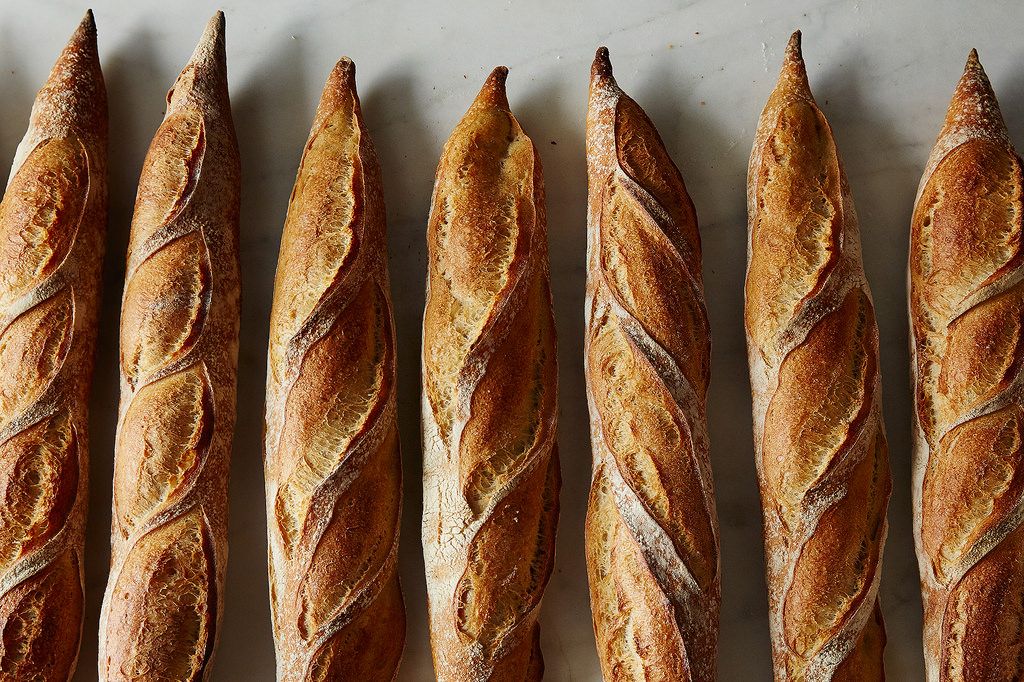
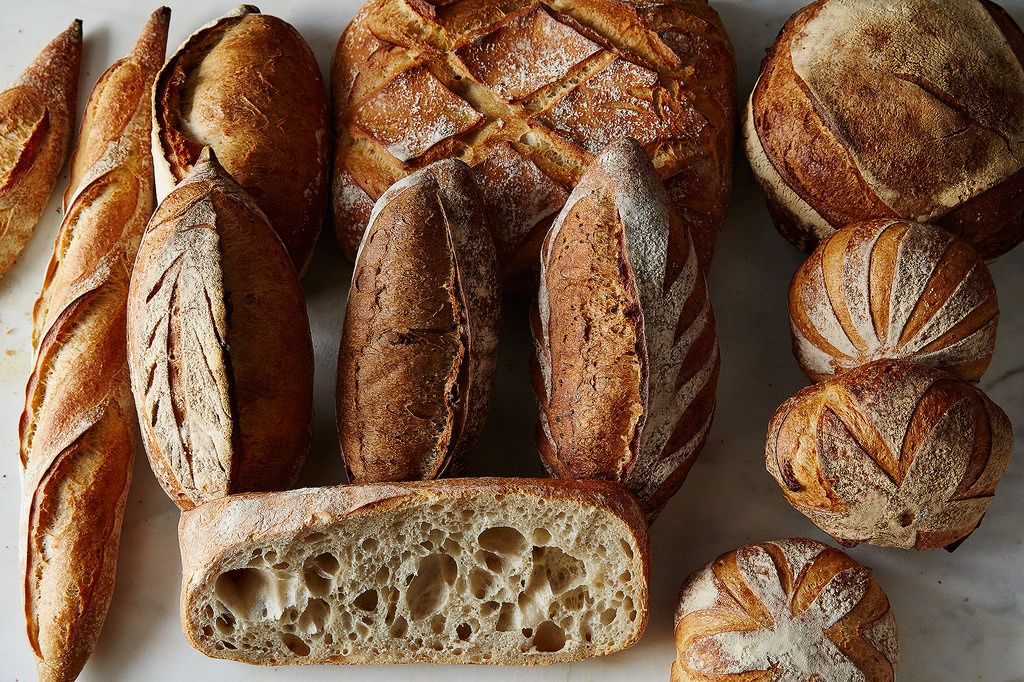
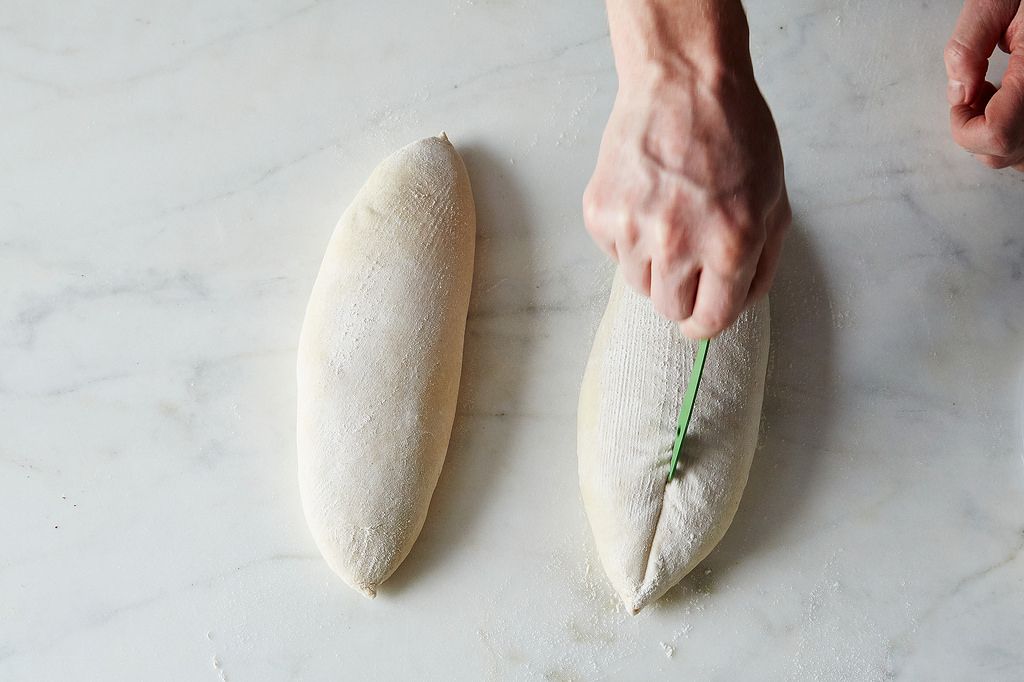
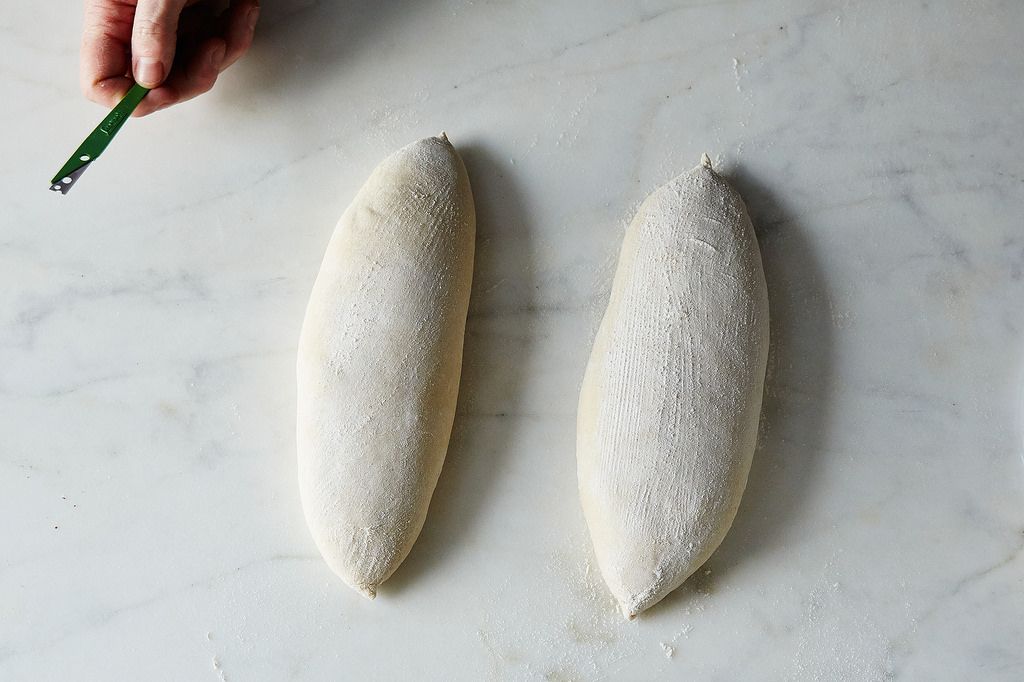
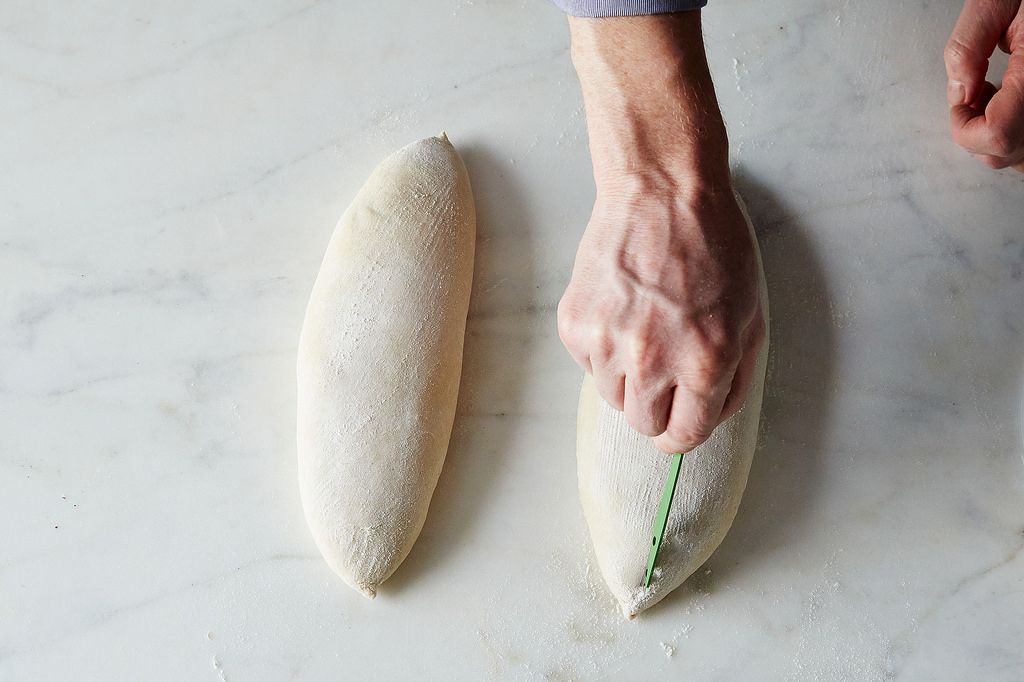
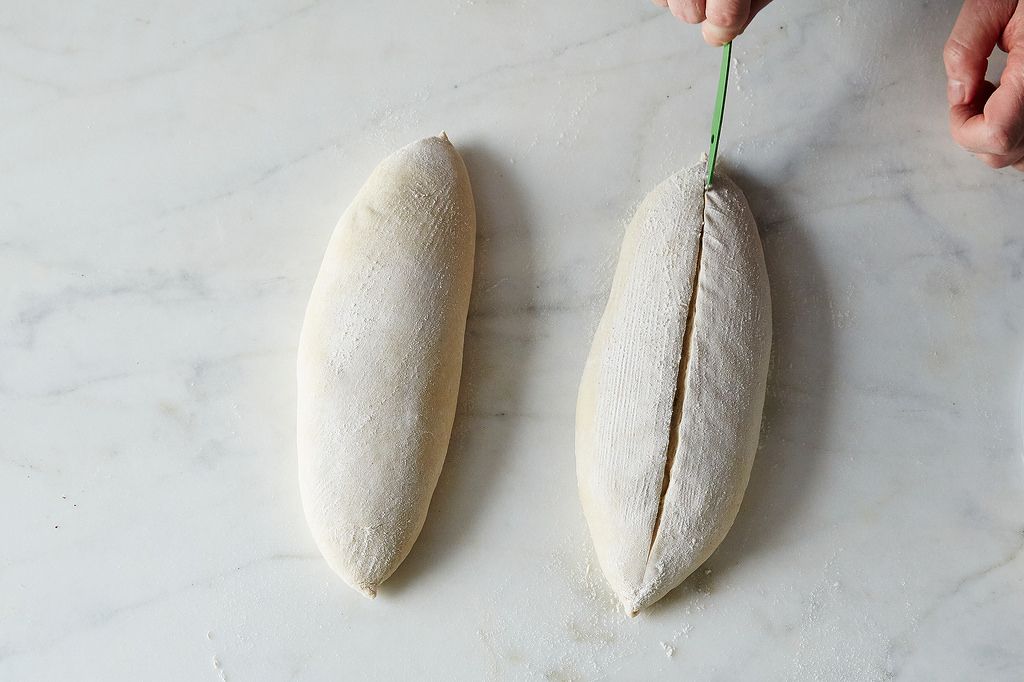
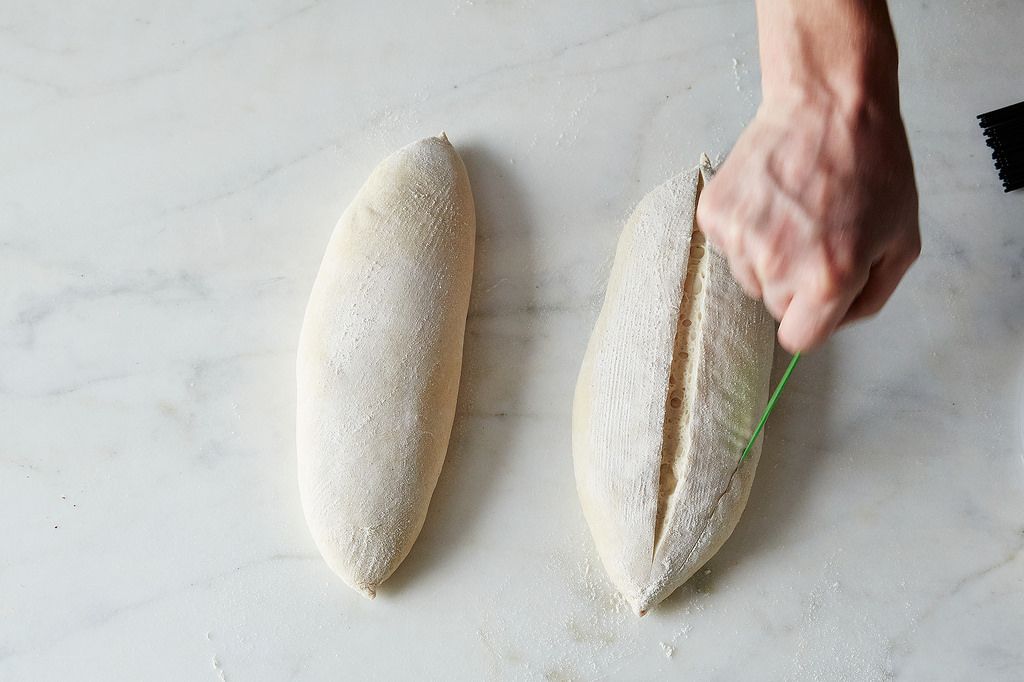
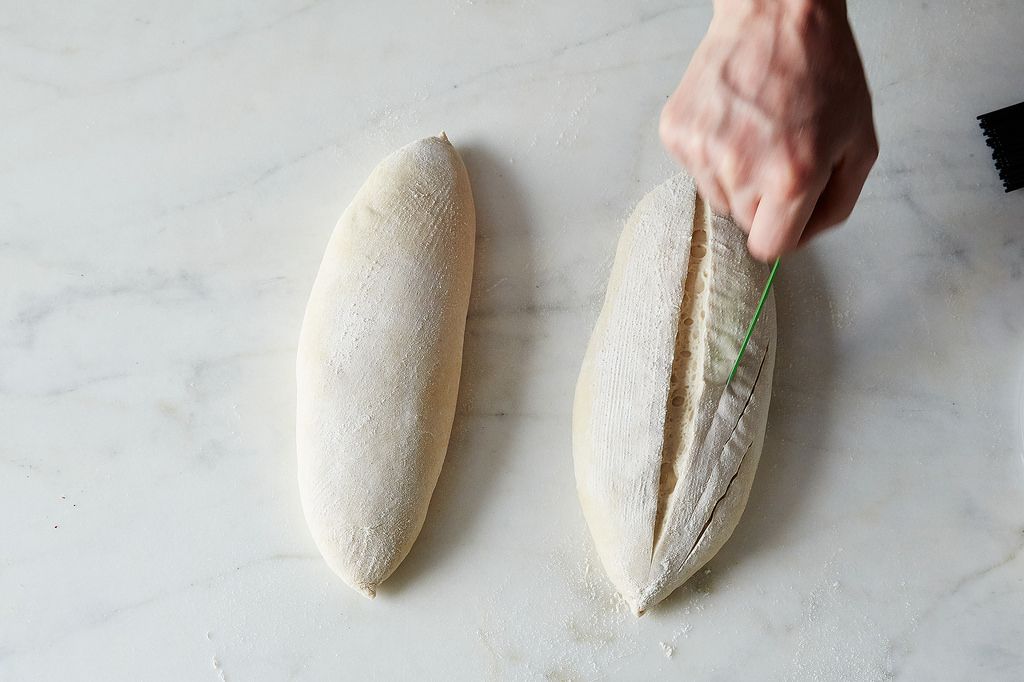
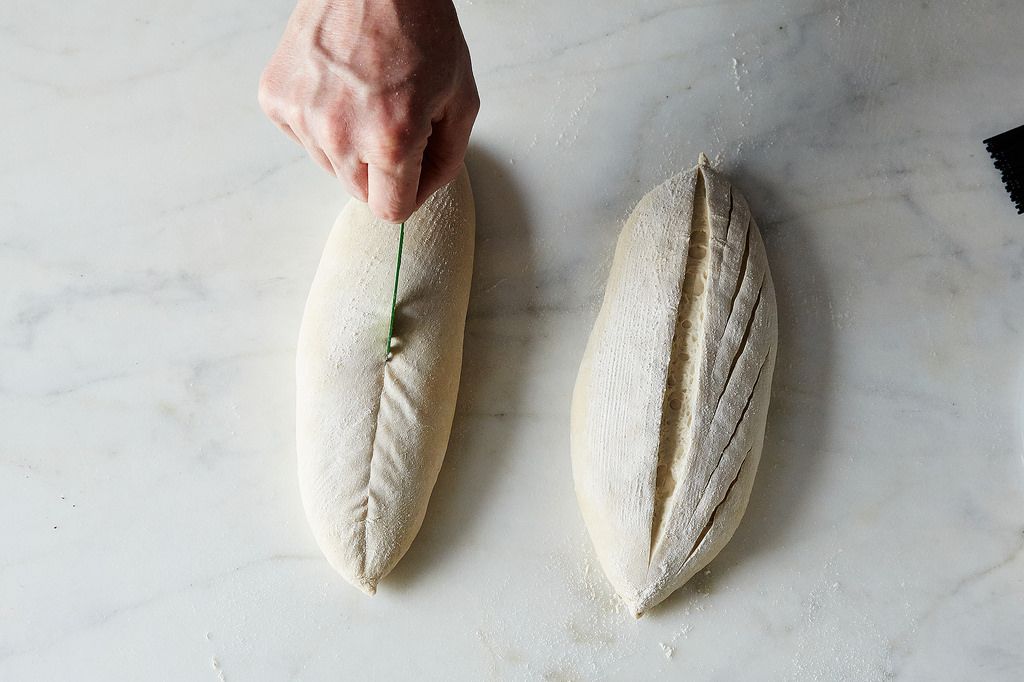
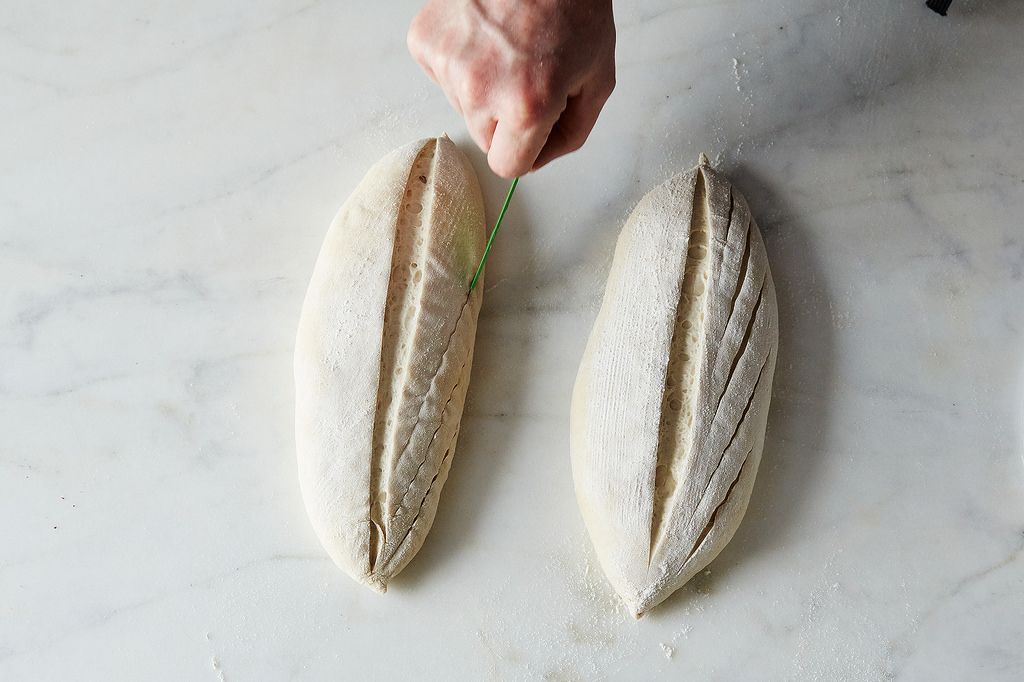
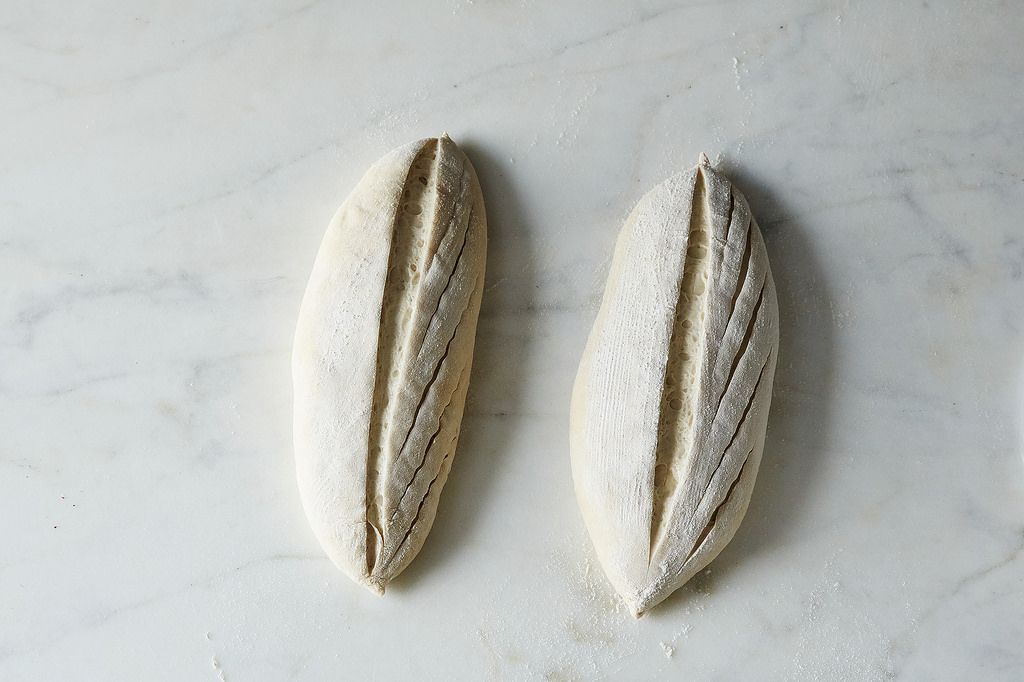
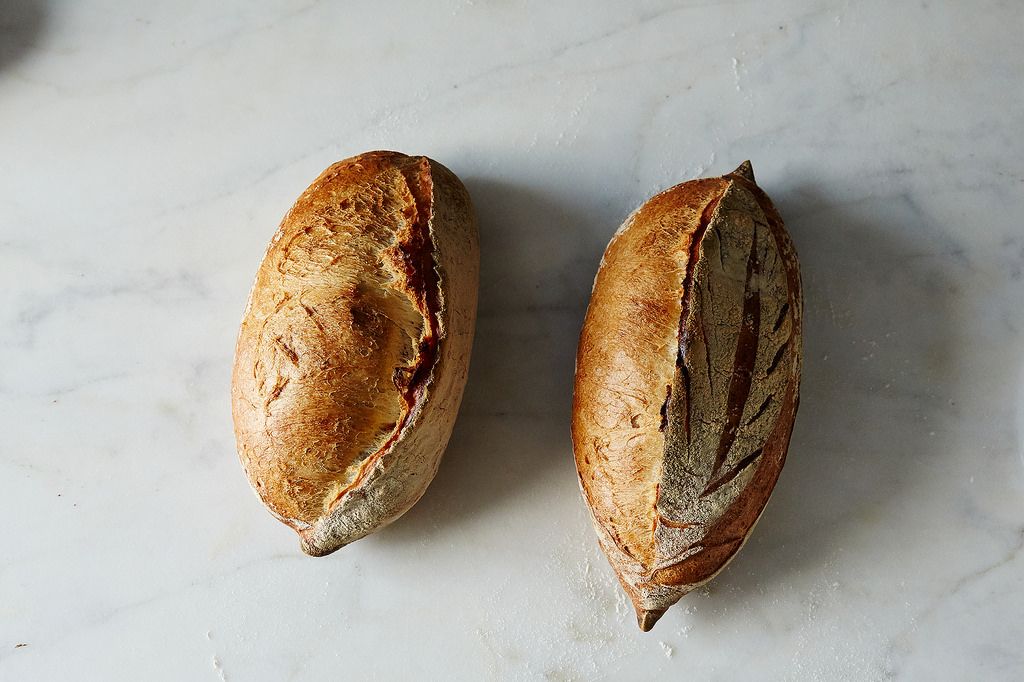
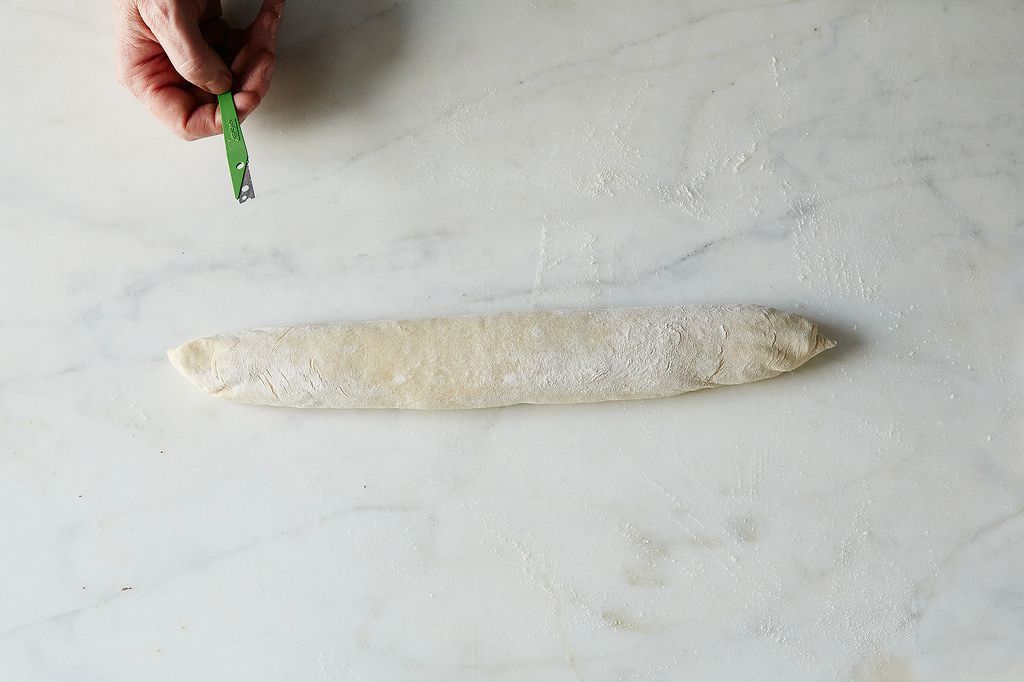
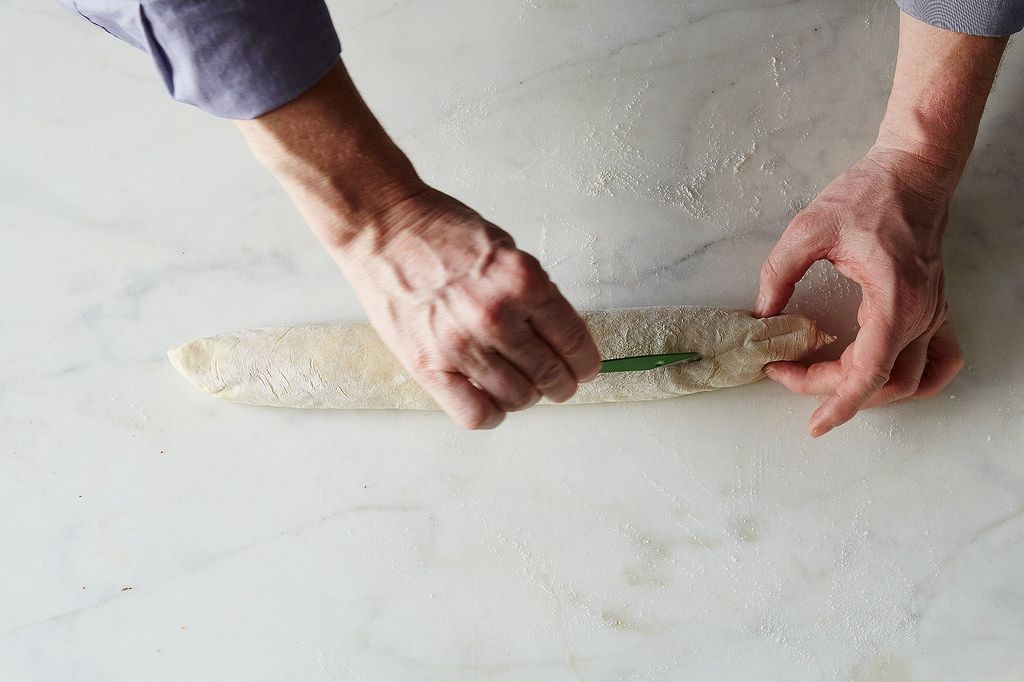
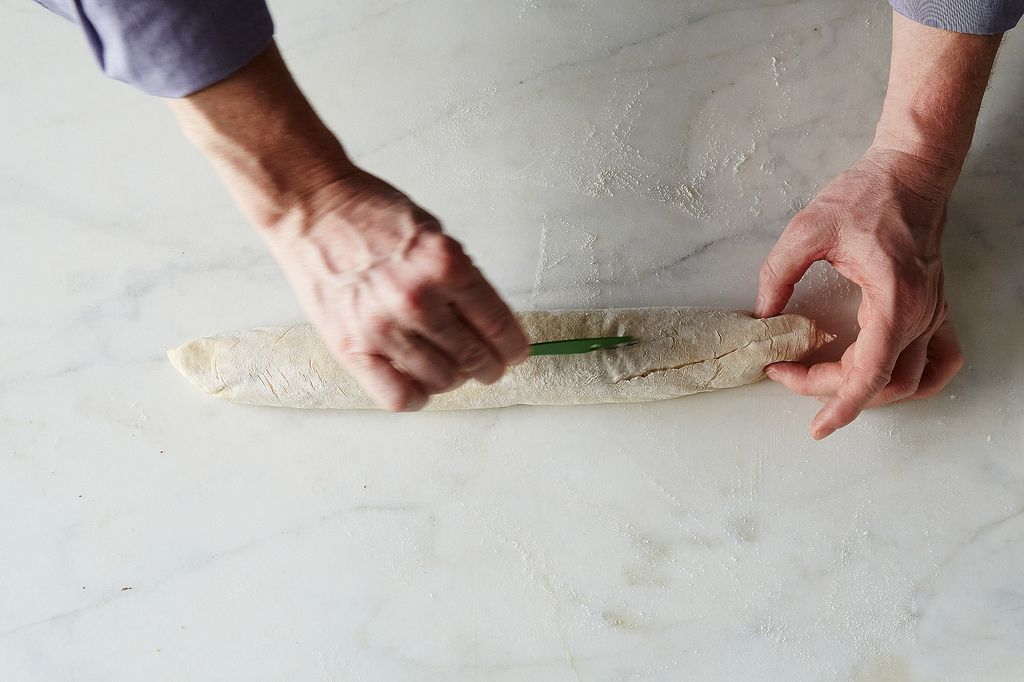
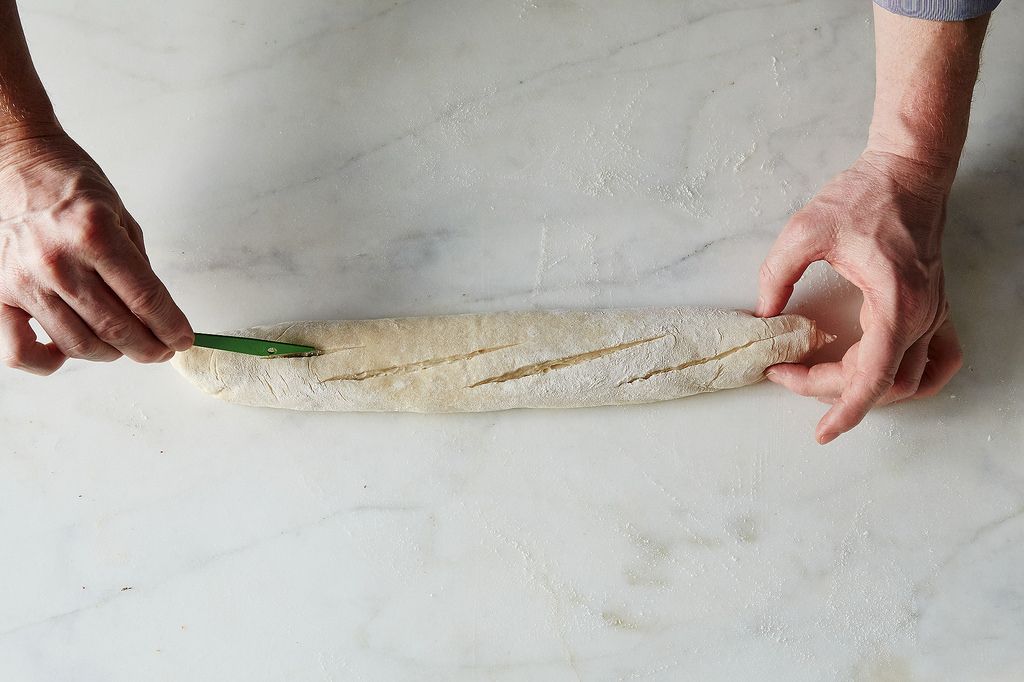
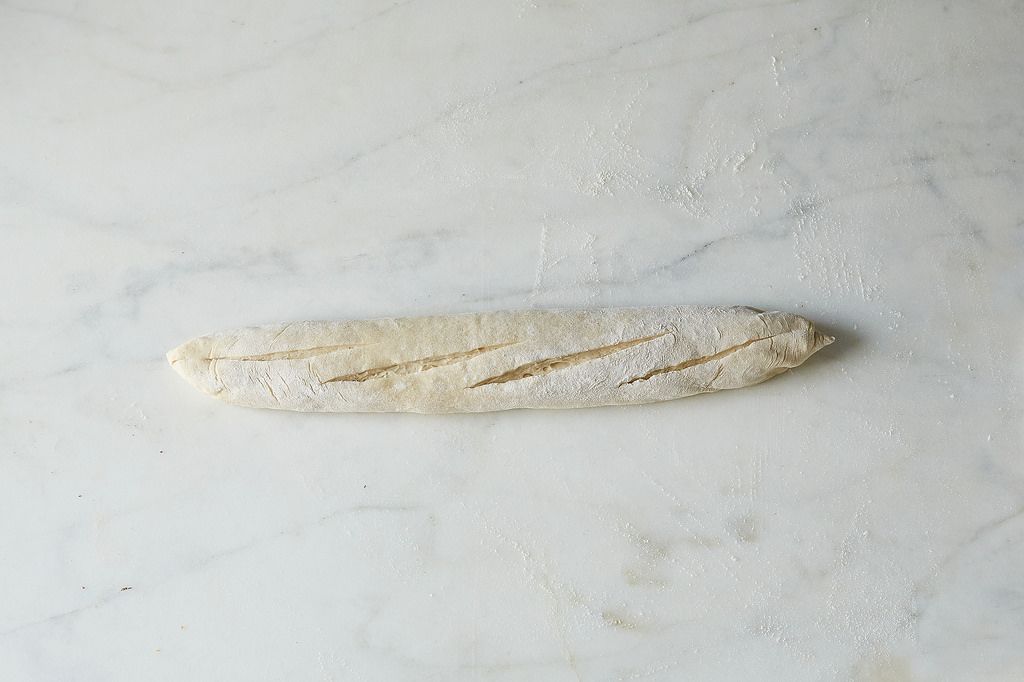
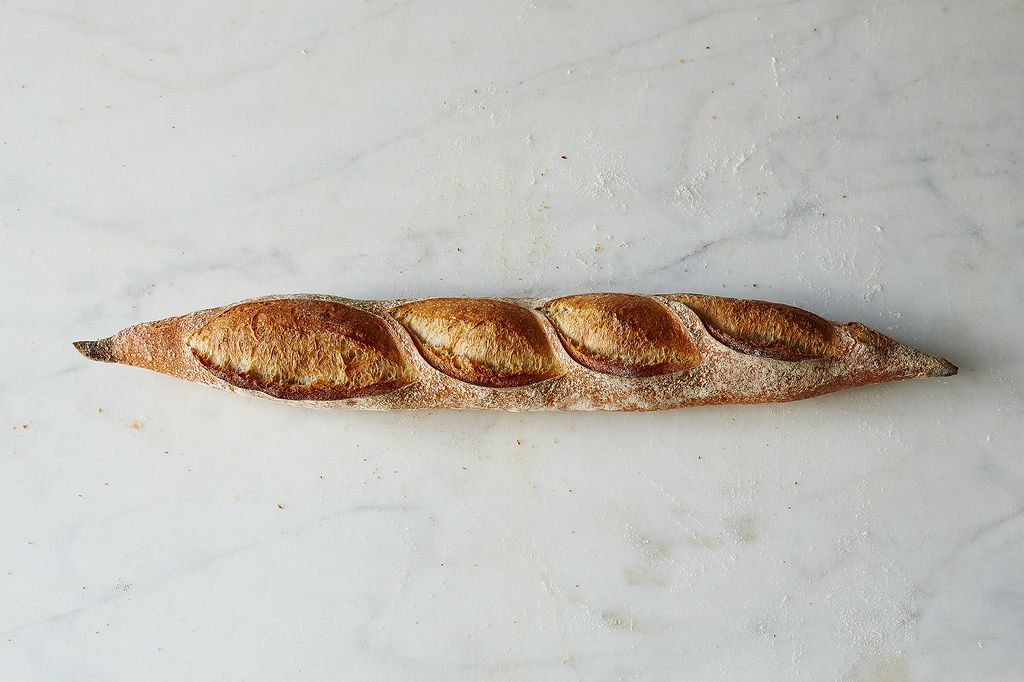

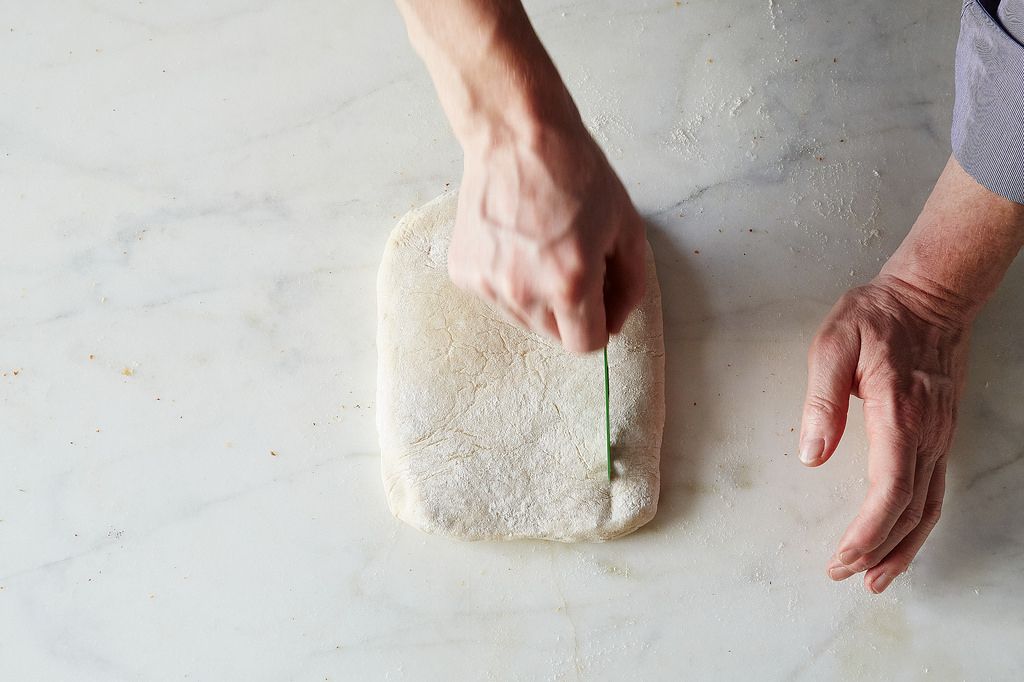

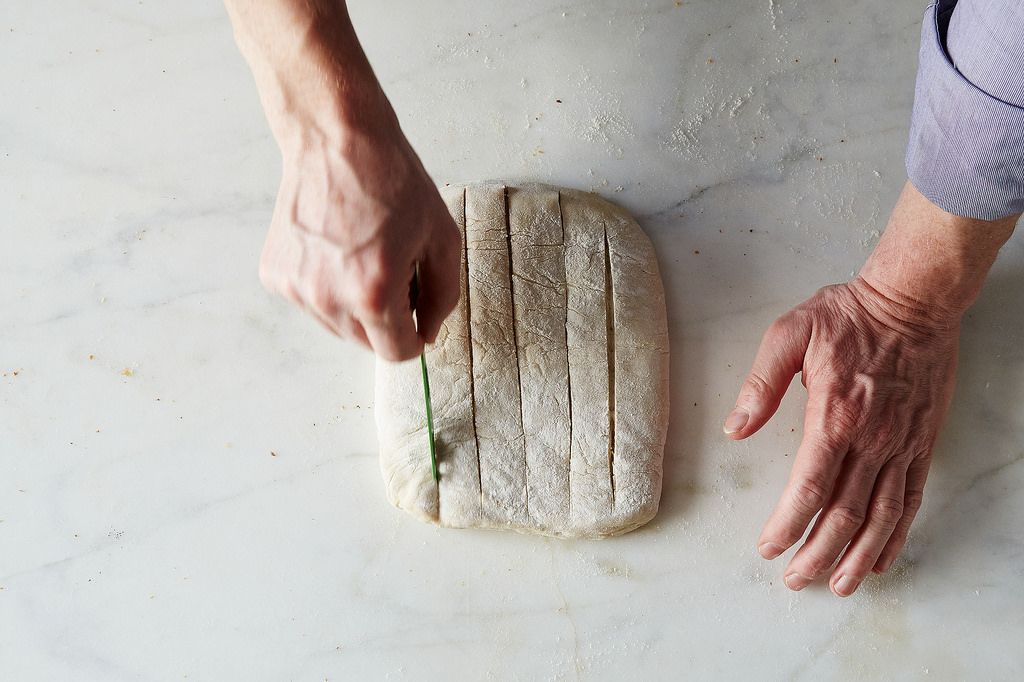
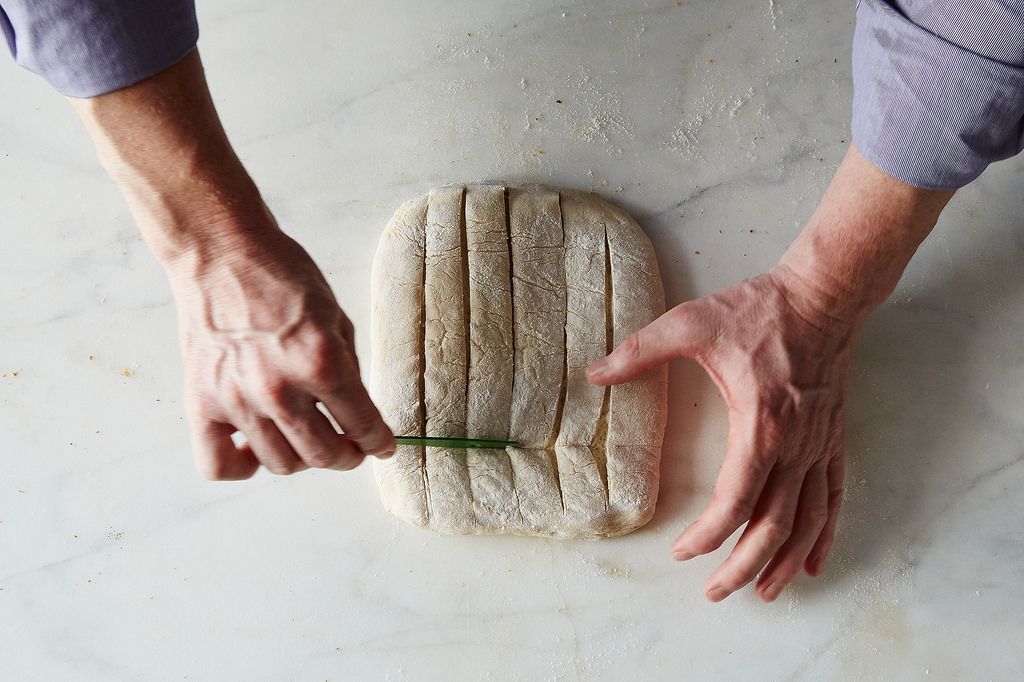
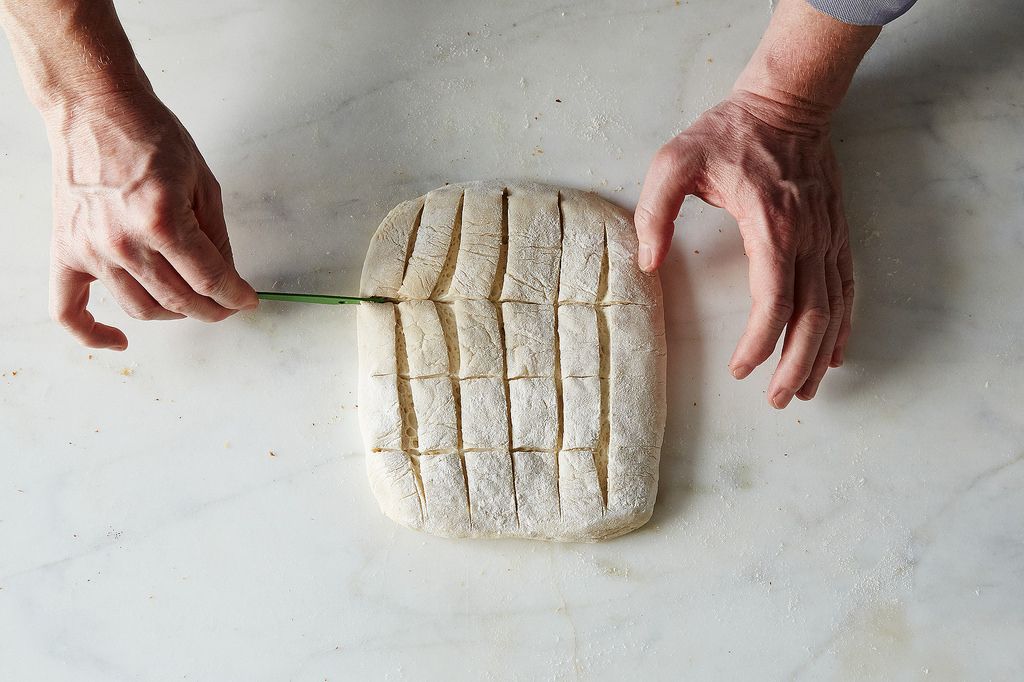
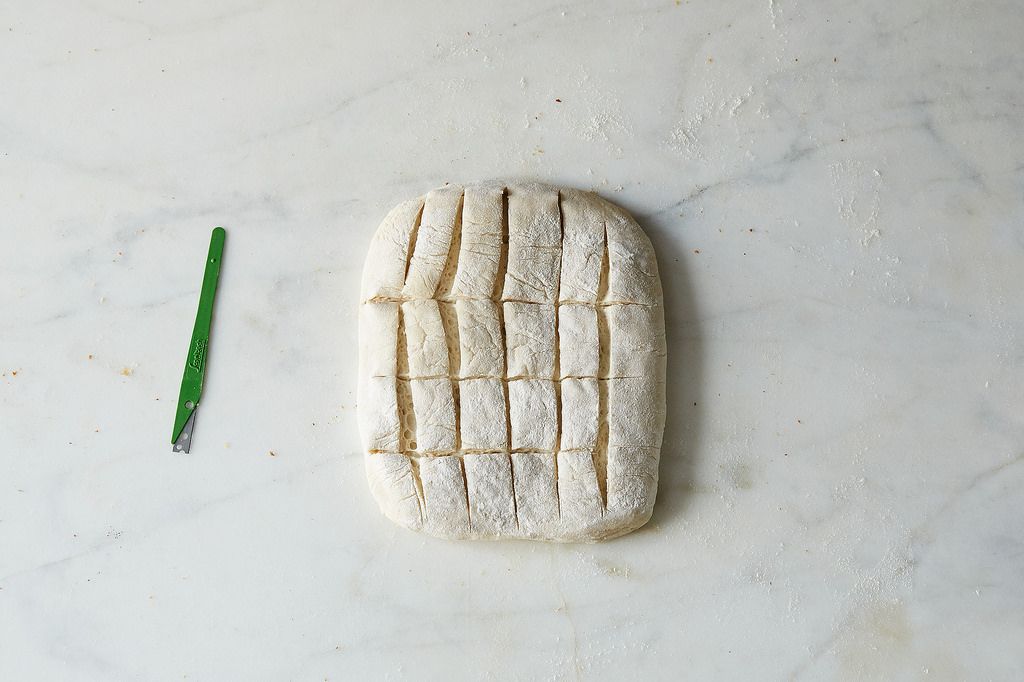
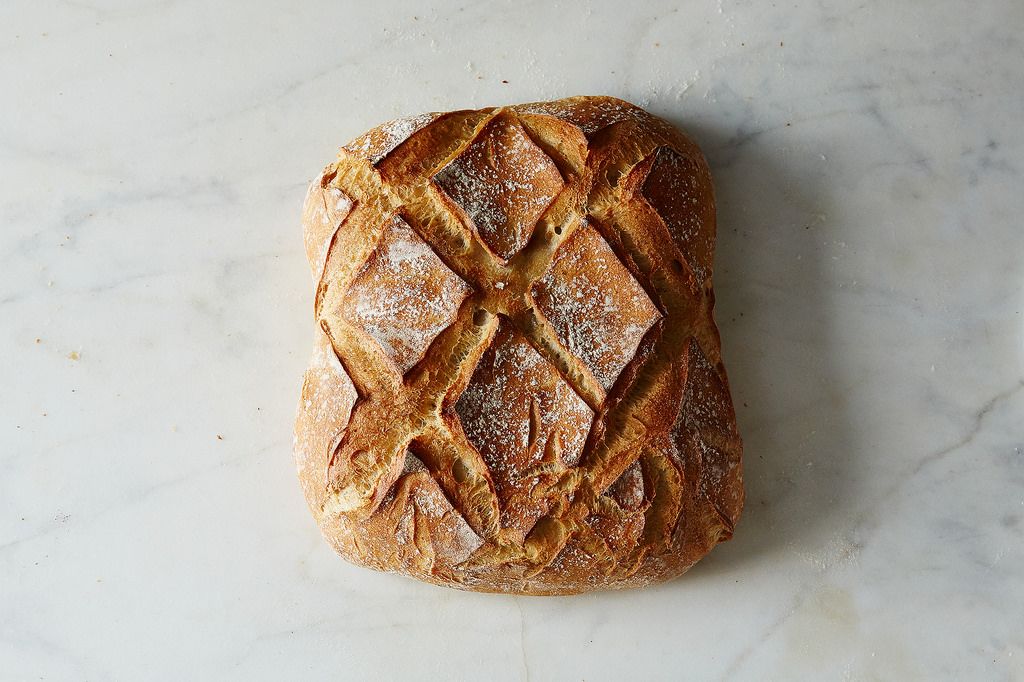
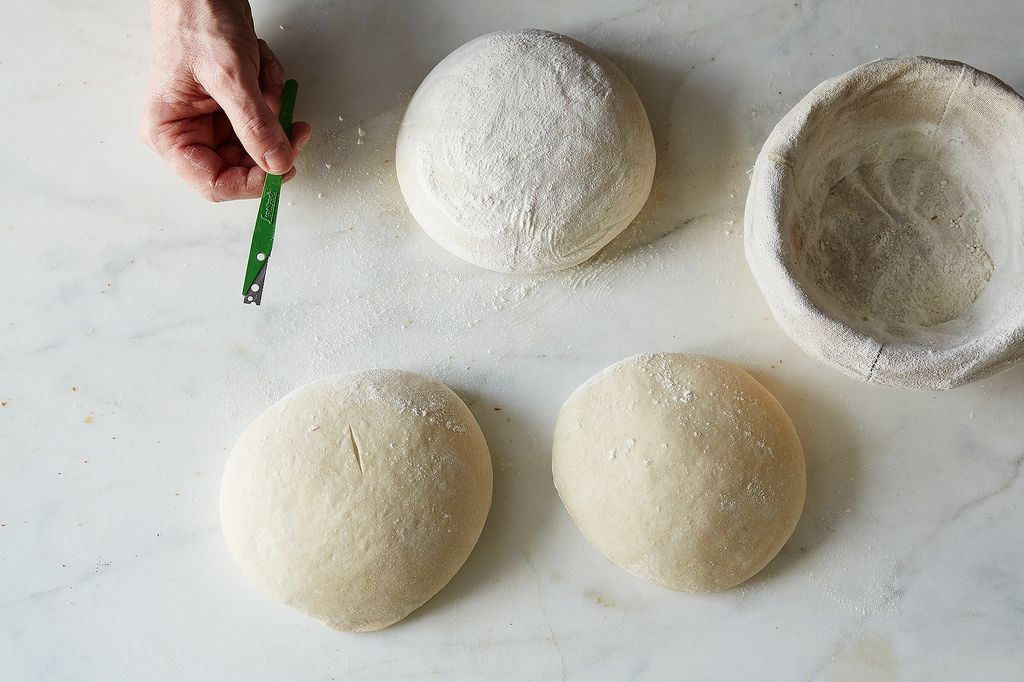

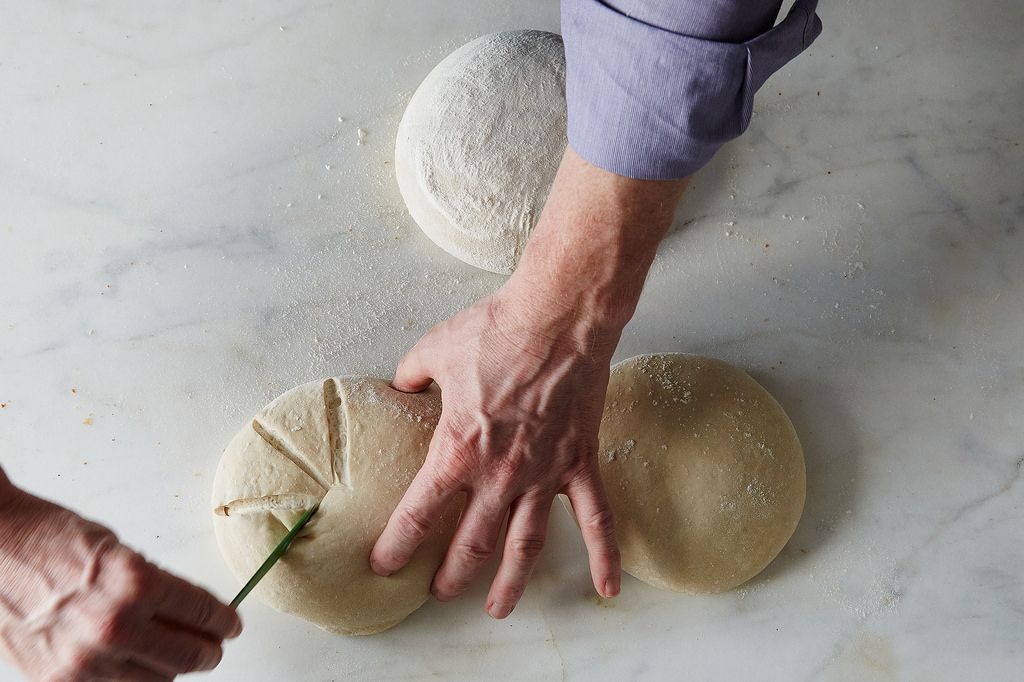
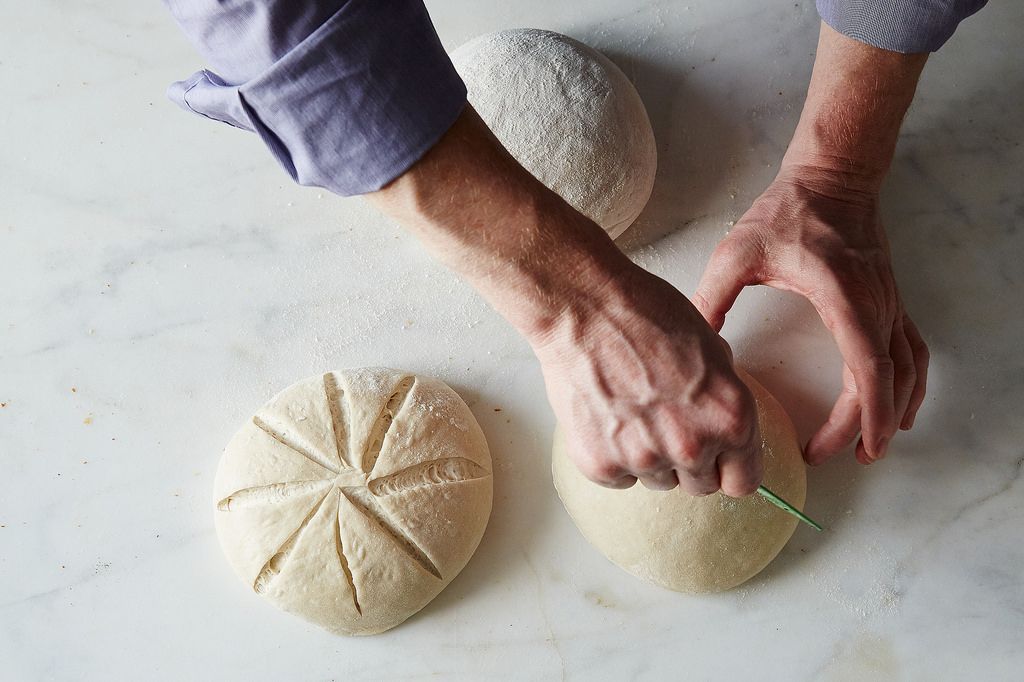

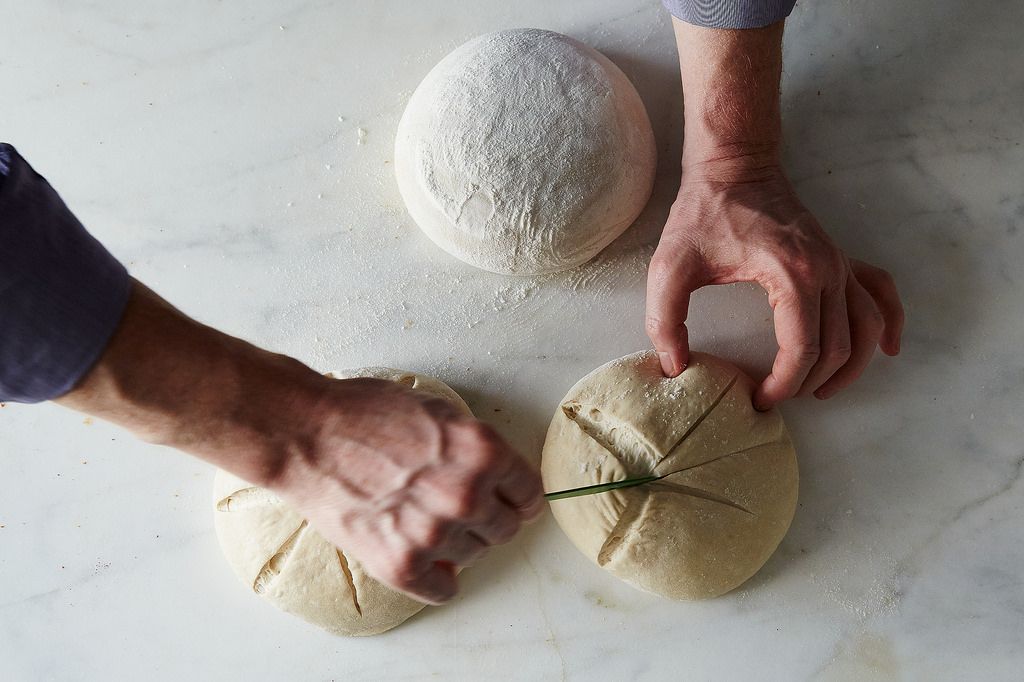
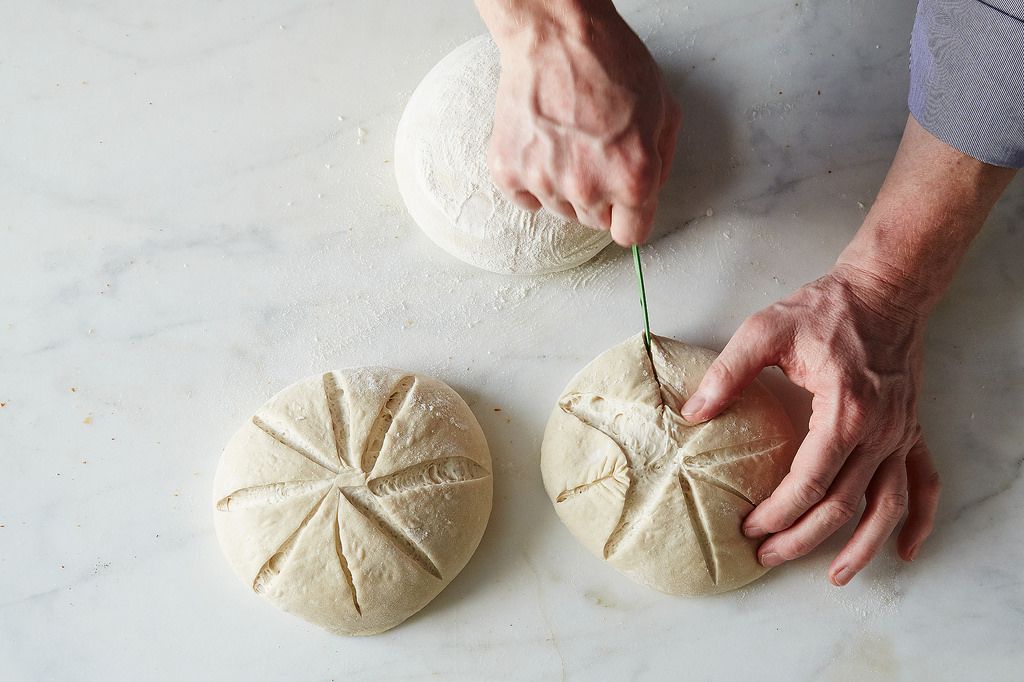

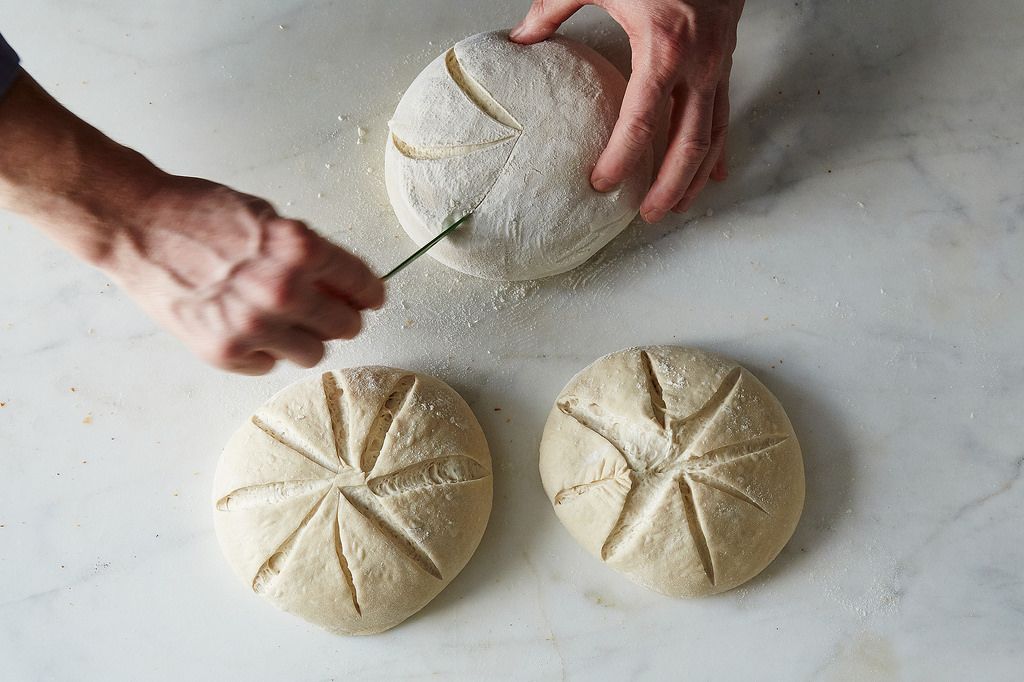
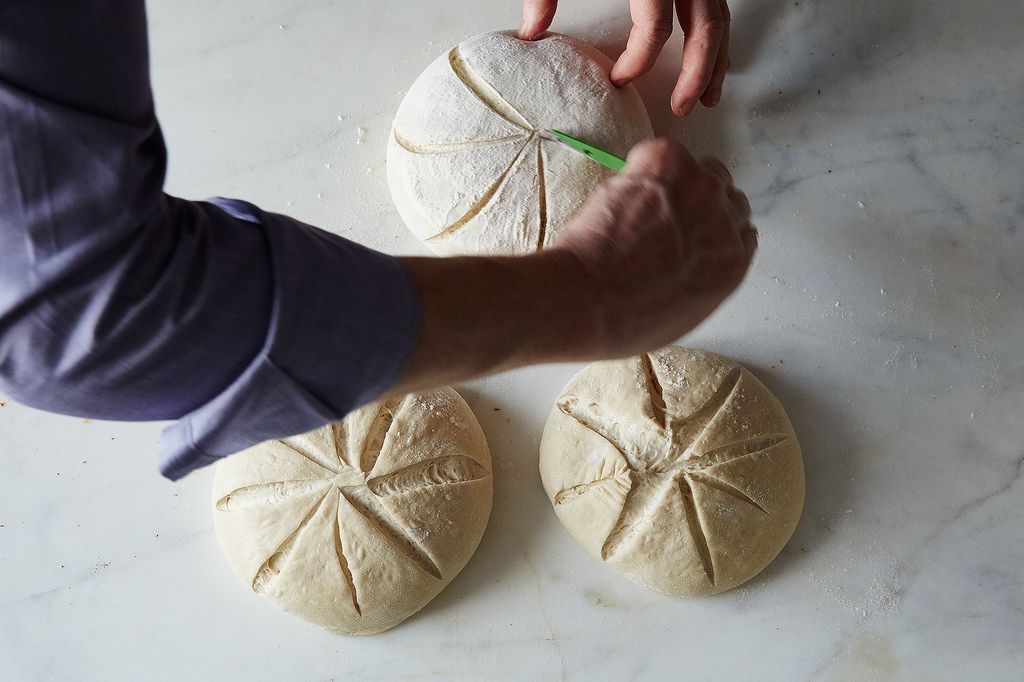
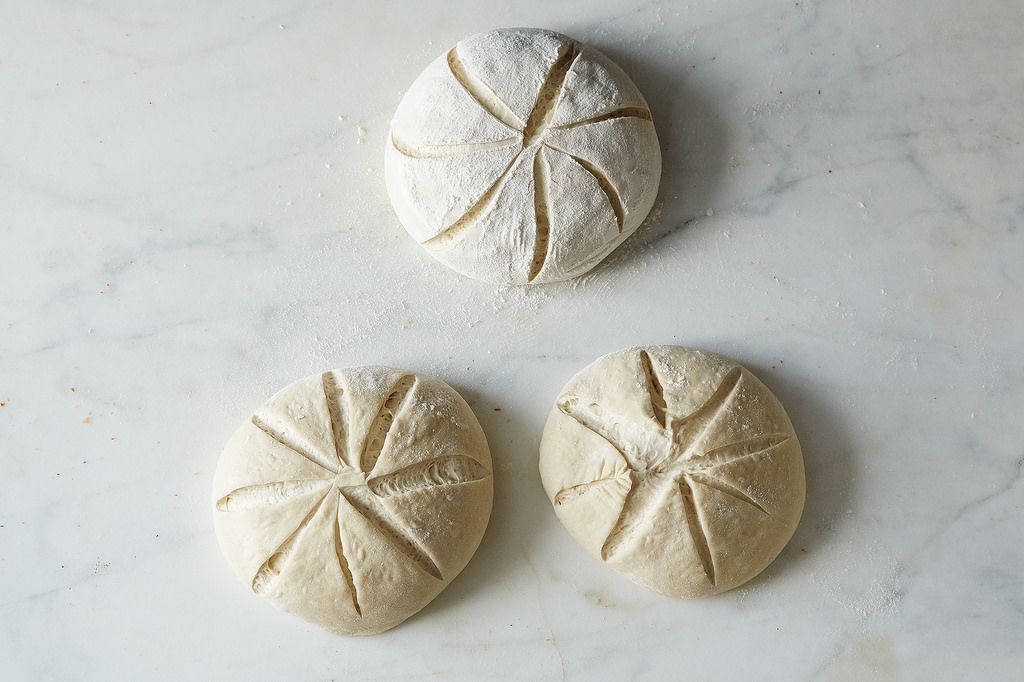
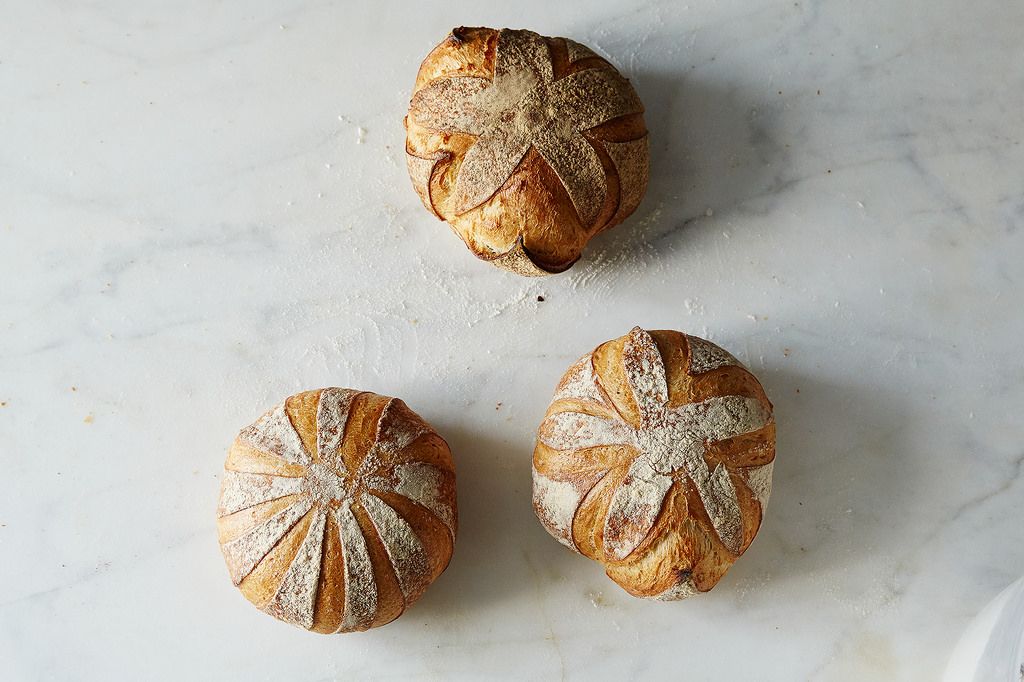

See what other Food52 readers are saying.